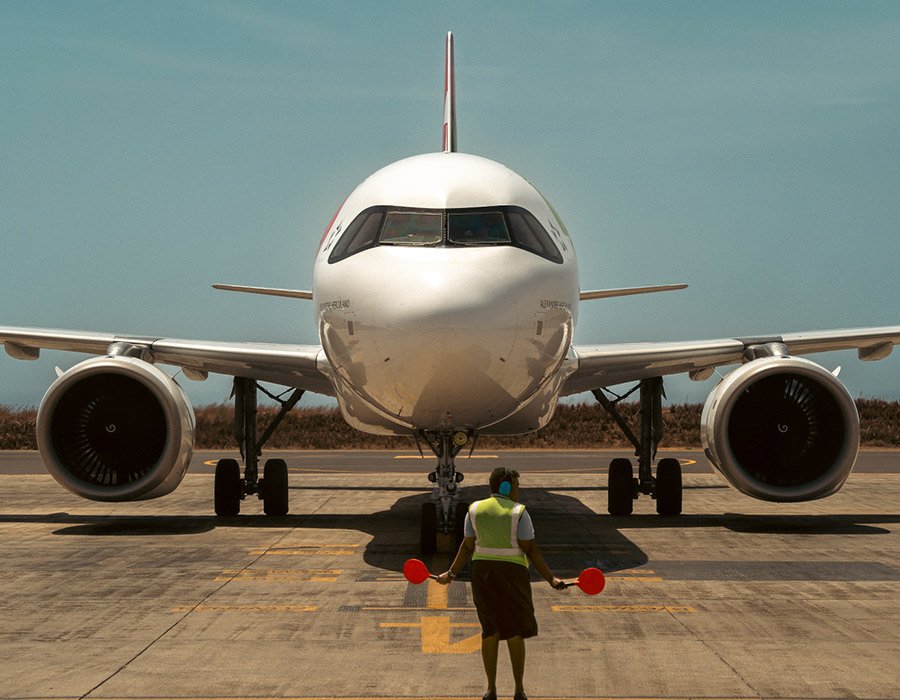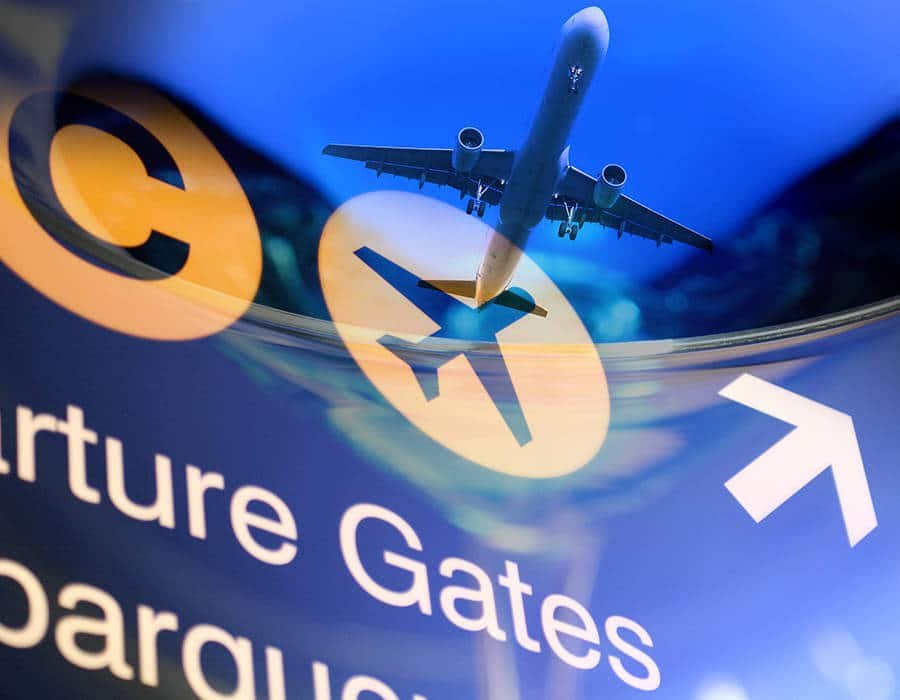There are certain daily activities that generate enormous CO2 emissions, of which humans are more or less aware. But what happens when we travel?
The use of household appliances, electronic devices and, in short, energy, is one of the main causes of the greenhouse effect, as are the use of vehicles and agriculture itself. On top of these activities, tourism and all the elements that surround it (transport, accommodation…) should be added as directly responsible for climate change. So the question that concerns us is: how can we reduce CO2 emissions when traveling?
The way tourism is conceived today is not sustainable – neither for the environment nor for many local economies and populations. Statistics back this up.
It is difficult to identify a single habit in our daily lives that does not result in carbon dioxide emissions. From the moment we wake up, eat, drive to work, talk on the phone or watch TV until we go to bed, we are generating greenhouse gases. And thus contributing to the acceleration of climate change.
But by going on a trip, we do not free ourselves from this responsibility. It is not for nothing that tourism represents 12.5% of the total human actions that are causing global warming. According to a study by Nature magazine, 8% of global CO2 emissions come from tourism. From the very plane we take to reach our destination, we are contributing to CO2 emissions.
"A case in point is cruise ships, whose environmental impact is overwhelming."
Aviation is the planet’s number one enemy in the field of tourism. To give you an idea, taking a long-haul flight already accounts for 75% of CO2 emissions from tourism. This means that if a trip of a couple of weeks per person translates into more than one ton of CO2 emissions (1,200 kg), the round trip by plane would account for more than 900 kg of CO2 emissions. Of course, this figure will increase depending on the number of stopovers required to reach the destination. Hence the need to opt, as far as possible, for direct flights, since pollution is much lower.

Nitrogen Cycle
Aviation, enemy number one, but are there more CO2 emissions in tourism?
Accommodation is another aspect that generates more greenhouse gases in a trip, although at a significantly lower percentage than the previous one. A reduction in energy consumption could be enough to keep emissions to a minimum. This would involve the responsible use of air conditioning, heating, electricity, water, etc., in the hotel. In addition, as far as possible, it would be desirable to opt for eco-friendly accommodations, i.e., those that are committed to renewable energies, local and organic food, recycling, etc.
Finally, tourism activities, such as tours or excursions in the destination, also play a role in the emission of greenhouse gases. An example of this is cruise ships, whose environmental impact is overwhelming. In this case, the idea would be to opt for local agencies or operators, with eco values and committed to respecting the environment.
Unfortunately, traveling to Cape Verde means taking two flights each way, as at present, airlines do not offer direct routes from the peninsula. Nor do the transportation systems provide us with a more sustainable alternative.
Traveling is a pleasure and you don’t have to stop doing it. But don’t forget to pack your suitcase with a firm commitment to reduce CO2 emissions and commit to a more sustainable vacation!
































